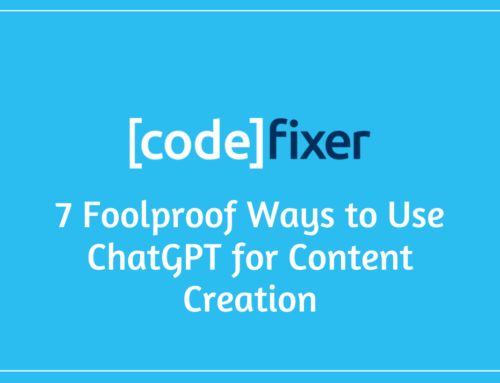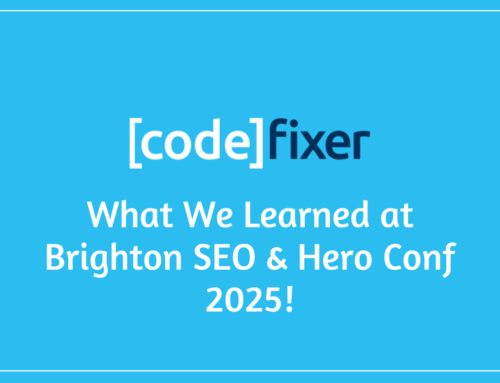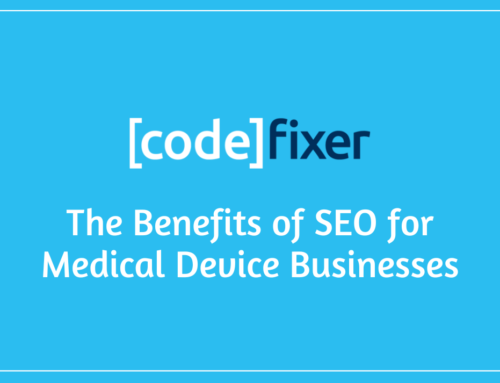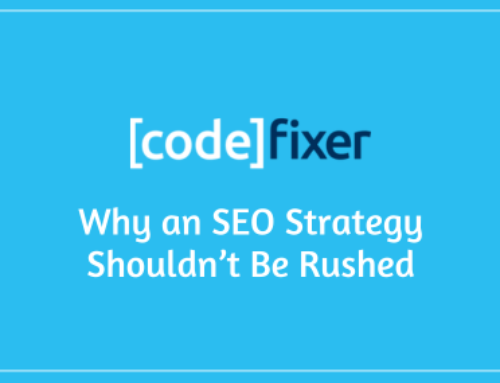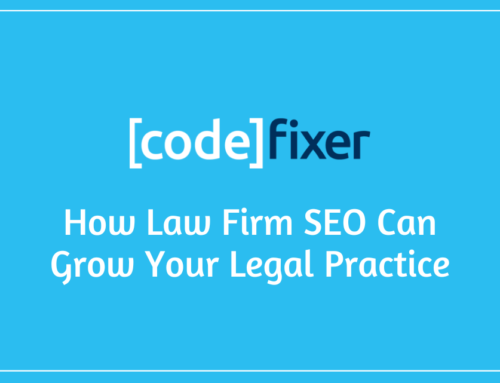Our SEO and Google Ads team recently travelled to Barcelona for the 2024 International Search Summit (ISS). If you’re not familiar, the ISS is a conference we also attended last year that focusses on multilingual and international search. Experts from all over the world come together to share insights, strategies and real-world examples of reaching audiences across different languages and regions.
While the conference’s focus is global search, much of what we learned applies just as well to local businesses. Search trends, audience behaviours and new tools are changing the game for everyone, no matter your market.
Six of our team members attended this year’s conference, and together we’ve put together six key takeaways we think you’ll find useful…
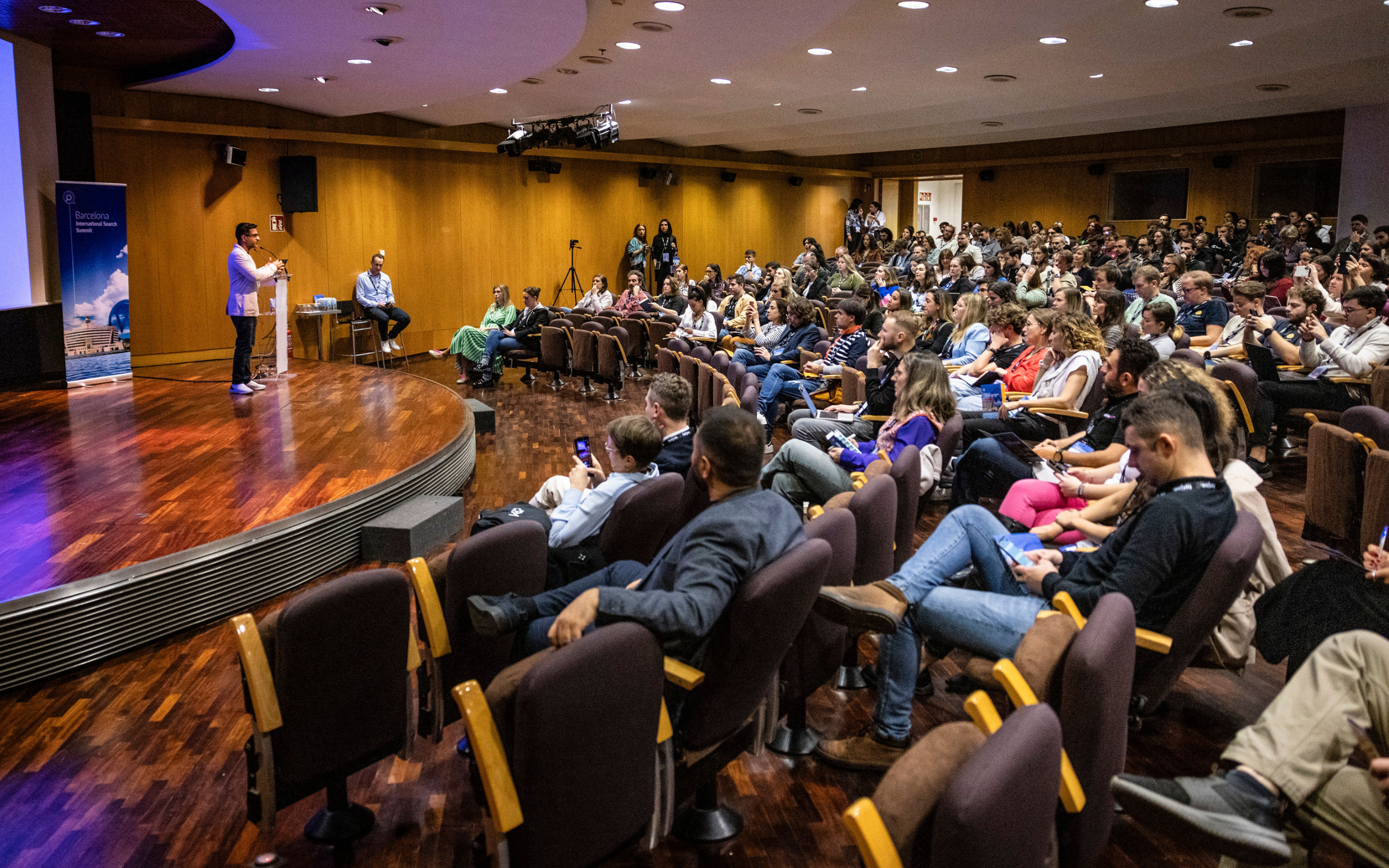
Photo from the the International Search Summit 2024, by Carlos Baglietto.
Ray’s Takeaway: “It Depends” isn’t a good enough answer when asked about the business impact of SEO.
As someone who’s come to value the strategic side of SEO, my favourite talk at the ISS was by James Brockbank: “International SEO Forecasting: How to Determine the Investment Needed and the Potential Returns When Entering New Markets.”
James highlighted that senior stakeholders don’t care about the details of SEO tactics like technical improvements, on-page optimisations or backlinks. They’re focused on outcomes: revenue growth, market share and ROI.
With this in mind, he provided a practical model for forecasting the cost and ROI of entering new markets:
- Analyse Local Competitor Traffic – Using tools like Ahrefs or SEMrush, estimate your competitors organic search traffic and categorise it by search intent. For revenue forecasting, prioritise commercial and transactional intent traffic, as these are most closely tied to conversions.
- Evaluate Competitive Factors – Examine competitors’ link profiles and page counts to gauge the level of effort required to compete effectively in the market.
- Estimate Organic Revenue Potential – Use the insights gathered from competitor data to estimate the organic revenue potential in the new market. This includes understanding the volume of high-intent traffic and applying assumptions about conversion rates and average order value (AOV).
- Calculate Costs – Pair the revenue projections with a clear evaluation of the investment needed to enter the market. Costs will include content production, technical optimisation, backlink building and use of SEO tools.
- Forecasting the Potential ROI – Combine the revenue potential with the required investment to project ROI. Additionally, estimate the timeline for achieving returns based on the competitiveness of the market and the scale of effort required.
Rachael’s Takeaway: Designing content for the “average” user limits your audience and cuts off potential revenue streams.
As an SEO content nerd, my favourite talk was from speaker Purna Virgi from LinkedIn: “Make inclusion the default: Tips to make your marketing more inclusive”.
Purna raised a fair point — designing content for the “average” user excludes other audience segments, leaving them feeling alienated. A smaller audience means you’re missing the opportunity to connect with diverse groups and therefore failing to tap into their revenue potential.
Here are her tips on creating content that caters to a broader audience:
- Remove accessibility barriers – This can be helpful to everyone. For example, video subtitles aren’t just for those with hearing issues, they’re also useful in public transport situations.
- Pay attention to font – Beyond font size, font style also matters. Choose a sans-serif font, these are more accessible across devices and are easier to read.
- Consider the audience’s cognitive load – People with stressful daily lives don’t have time for complicated or cluttered content, so use smaller chunks of information that are easier to recall.
- Be careful of language – Complex language is a bug, not a feature! Simplify and clarify instead, by using simple shorter sentences, fewer clauses and a 6th grade reading level.
Neil’s Takeaway: Focusing on reliable measurement over quick attribution shows the real value of paid search.
Like most paid search professionals will admit, cookies and measurement can often feel like the bane of our existence! My favourite speaker at the conference was Amy Stamper, who delivered the aptly named talk, “The Cookie Is Dead, Long Live Measurement!”
The issue up for discussion? 39% of marketing decision-makers find it difficult to measure the impact that each marketing channel has. Ultimately, it’s down to us to put in the hard work to ensure our customers have better data, more reliable conversion information, and greater success from their paid campaigns.
- Attribution vs Measurement – We need to be clear on the difference between Attribution vs Measurement. Attribution refers to short-term data that is easily accessible, while Measurement is privacy-proof and records data across multiple channels.
- Be Realistic About Spending Money – The Drum columnist quoted by Amy in her talk posed the question: “What is better — information that is cheap and wrong, or information that is expensive and accurate?”
- The User Journey – Understanding the user journey and the channels that paid search supports throughout that journey will help PPC specialists identify more conversions and understand the role PPC played in those conversions.
Michael’s Takeaway: There’s always more to learn about SEO and PPC, and conferences can help you stay ahead.
As someone who’s been in the SEO and Google Ads game for a while, stepping away to an event like this is always worthwhile. It’s a chance to see what the best in the industry are doing, benchmark ourselves and pick up a few nuggets of wisdom to bring home. I valued almost every talk from this year’s conference, and couldn’t choose just one to write about!
So here are my favourite insights from different talks:
- Brand is the Real MVP – Building and maintaining a strong brand is more important than any one tactic.
- Landing Pages Make or Break PPC – For PPC, having a solid landing page is no longer negotiable — it should add value, provide incentive, remove friction and build trust.
- Single Asset Groups Shine for PMax – Simplified structures are outperforming more complex setups — definitely worth considering.
- Organic Shopping is Growing – Its growth is undeniable, but keep in mind that prominence varies by country, so local research is key.
- AI Is Transformative, but Not the End of Keywords – AI is exciting, but traditional search methods still hold strong for now.
Ethan’s Takeaway: Using PPC and SEO together, with good planning and testing, gets better results.
My favourite talk was “PPC & SEO: How to Enable Integrated Marketing” from Navah Hopkins. Prior to attending the conference I was already a big fan of Navah’s LinkedIn content so I knew her presentation would be super interesting and packed with value.
Navah touched on a variety of topics including key SEO & PPC metrics, website/landing page quality, campaign structure and the importance of cookie consent.
My main takeaways from the presentation were:
- Tips & tricks to optimise ad campaigns – DSA can be a useful tool for competitor analysis and the correct campaign structure is key for Pmax success. There’s also ways to use GMB profile for additional ad types & free engagements.
- Using both PPC & SEO to influence decisions – We shouldn’t look at SEO and PPC as “Either Or” but take a holistic approach of both channels and consider the organic to paid ratio. It’s also useful to link Google Ads with Search Console to analyse paid & organic performance.
- The relationship between website & Google Ads – Paid can be used to test content ideas before committing them to the main site. Also, a low CLS score improves user experience & conversion rates.
Kate’s Takeaway: Think more like a Search Experience Optimisation Specialist
Going to the International Search Summit as a relative SEO newbie with a keen interest in disability advocacy, I was most excited to listen to Damien Robert’s ‘When global web accessibility compliance leads to better organic performance’.
Here are my key takeaways that I think all businesses should pay attention to:
- 1.3 Billion People Need Accessible Websites – Globally, 1.3 billion people live with disabilities, which represents a huge amount of people who are often left behind. In the UK alone, the disability community has a spending power of approximately £300 billion annually.
- The EAA is a Game-Changer – The European Accessibility Act (EAA) will primarily affect private-sector businesses, especially e-commerce websites, requiring compliance with Web Content Accessibility Guidelines (WCAG). This regulation will affect any business looking to trade within the EU, with significant fines (and even prison sentences) for non-compliance.
- Start with Tools, Then Go Hands-On – Accessibility checkers like WAVE (available as Chrome/Firefox/Edge extensions) are a great starting point. But it shouldn’t stop there. Businesses should test how user-friendly and navigable their websites are for people with disabilities using voice commands or screen readers.
Our Final Thoughts on the International Search Summit 2024
Overall, we thoroughly enjoyed the International Search Summit 2024 and it’s clear that each of us has come away with valuable insights. A big congratulations to all the organisers and speakers for such an excellent event. 👏
As always, attending the ISS conference wasn’t just about learning – it was also a great excuse to explore Barcelona and squeeze in some proper team bonding. That said, there wasn’t much bonding during the pool match! This year, our Google Ads experts Neil and Ethan took on SEOs Michael and Ray. Despite their best efforts, the Google Ads Team swept the board with a 7-0 victory.
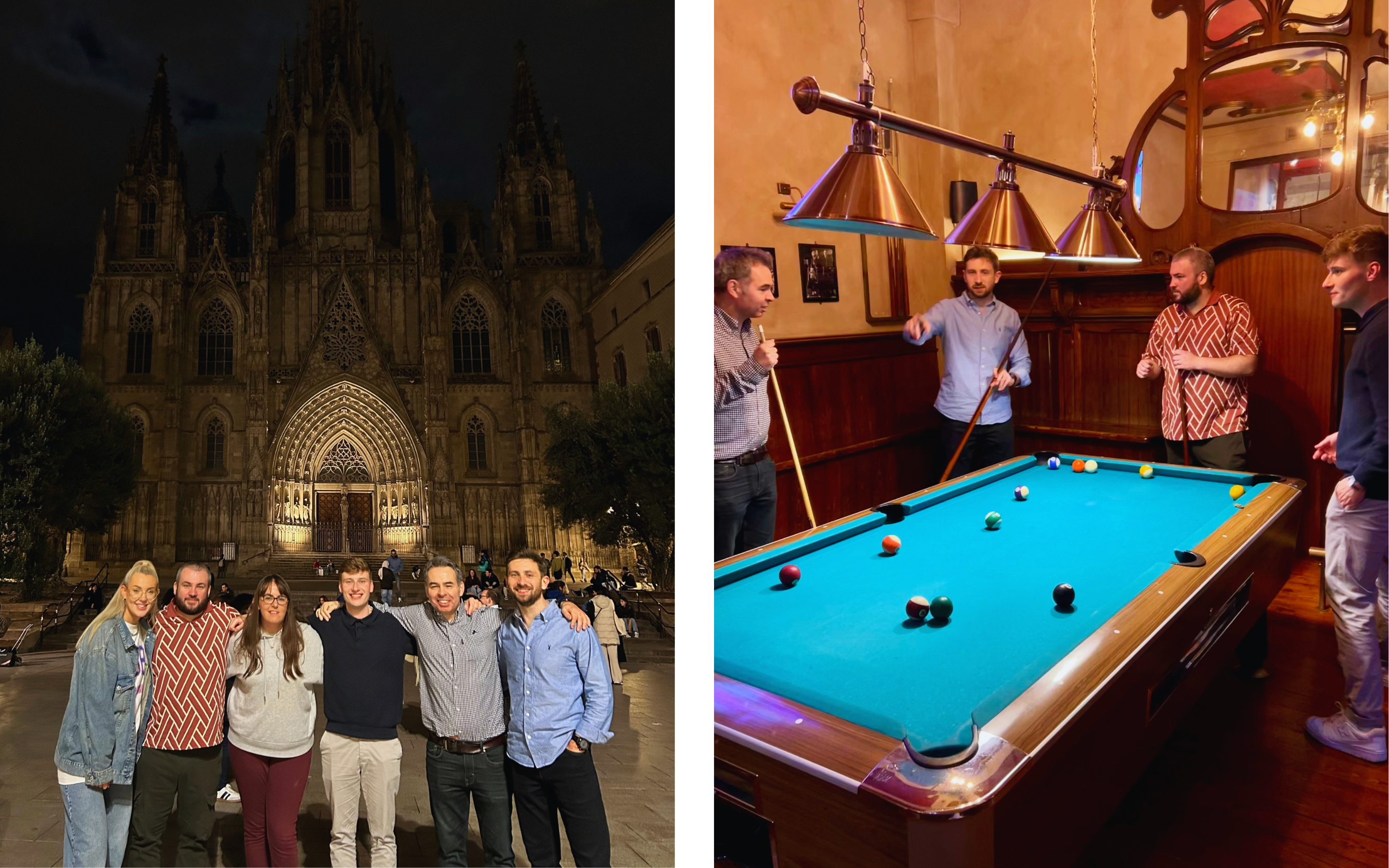
As much fun as we had, the real value of trips like this is bringing back what we’ve learned to help our clients succeed. If you’re looking for expert support with your SEO or Google Ads in 2025, we’d love to hear from you.

